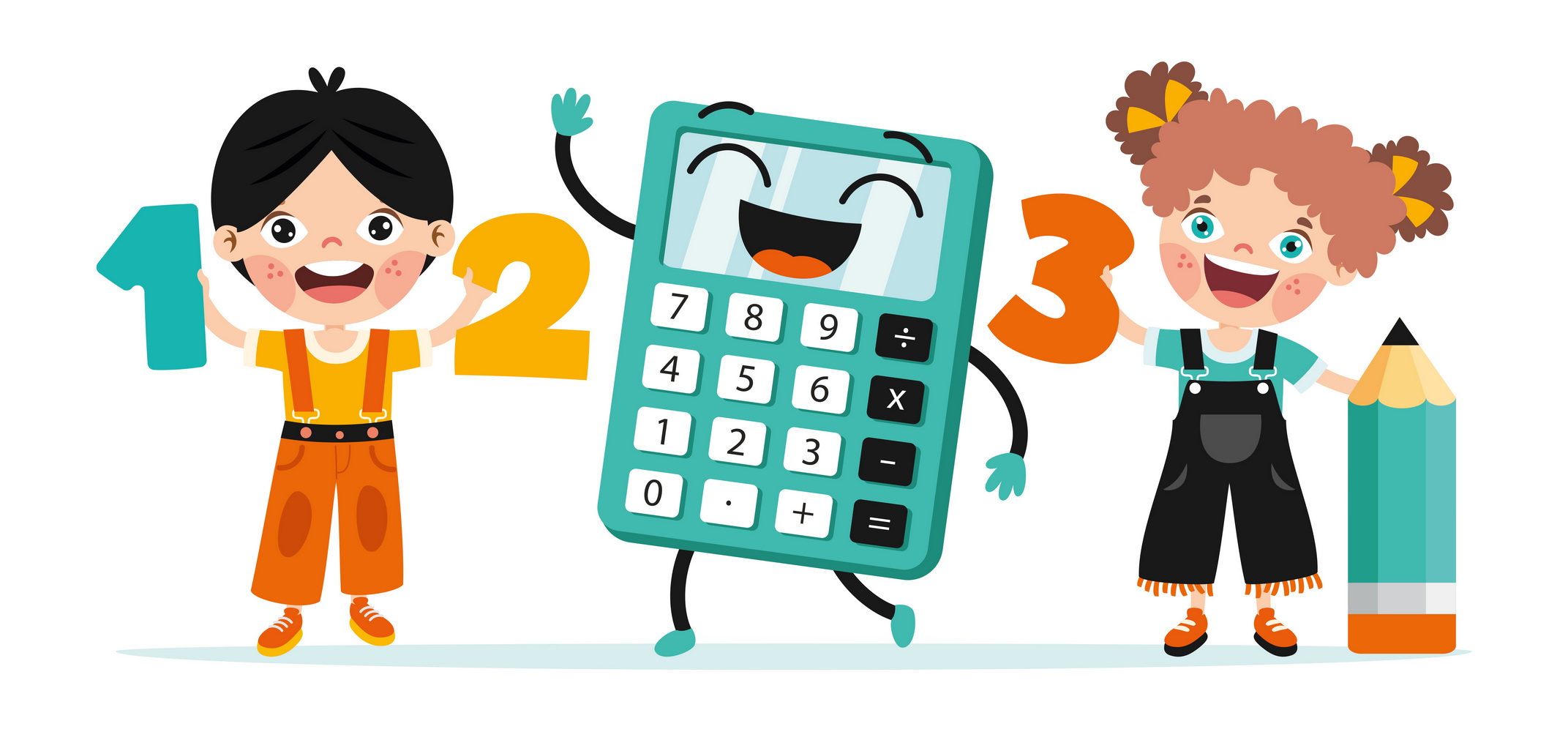Understanding directions Worksheets for Ages 4-6
10 filtered results
-
From - To
Explore our "Understanding Directions Worksheets for Ages 4-6" designed to enhance your child's listening and comprehension skills! These engaging worksheets introduce fundamental concepts of direction, including up, down, left, and right, through fun and interactive activities. Tailored for young learners, they use vibrant visuals and simple instructions to encourage kids to follow directions accurately. Perfect for home or classroom use, our worksheets help develop critical thinking and enhance spatial awareness. Foster your child's confidence as they improve their understanding of directions while enjoying a creative learning experience. Download and start stimulating your child's cognitive growth today!


Going up or Down? Worksheet


Amusement Park Word Problems Worksheet
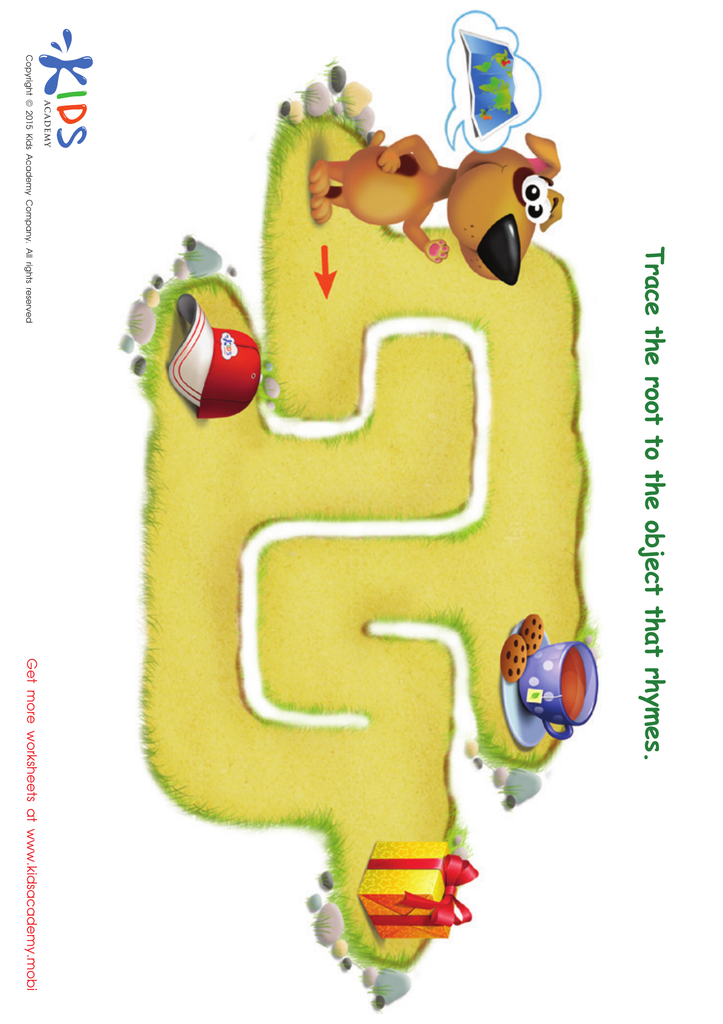

Map Rhyming Words Worksheet
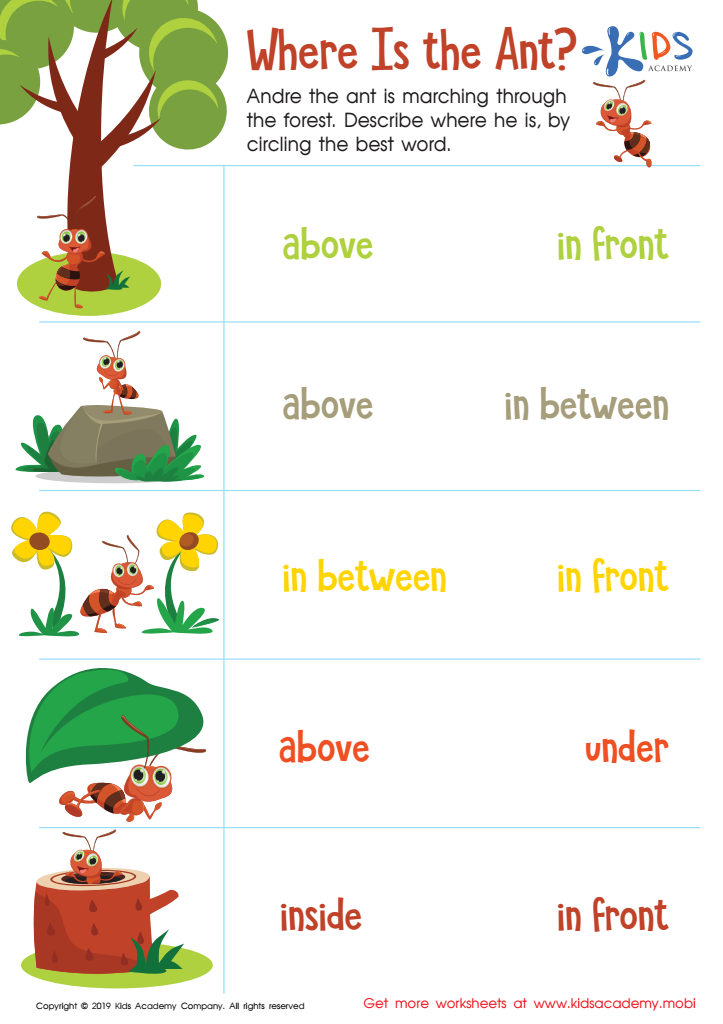

Where Is the Ant? Worksheet
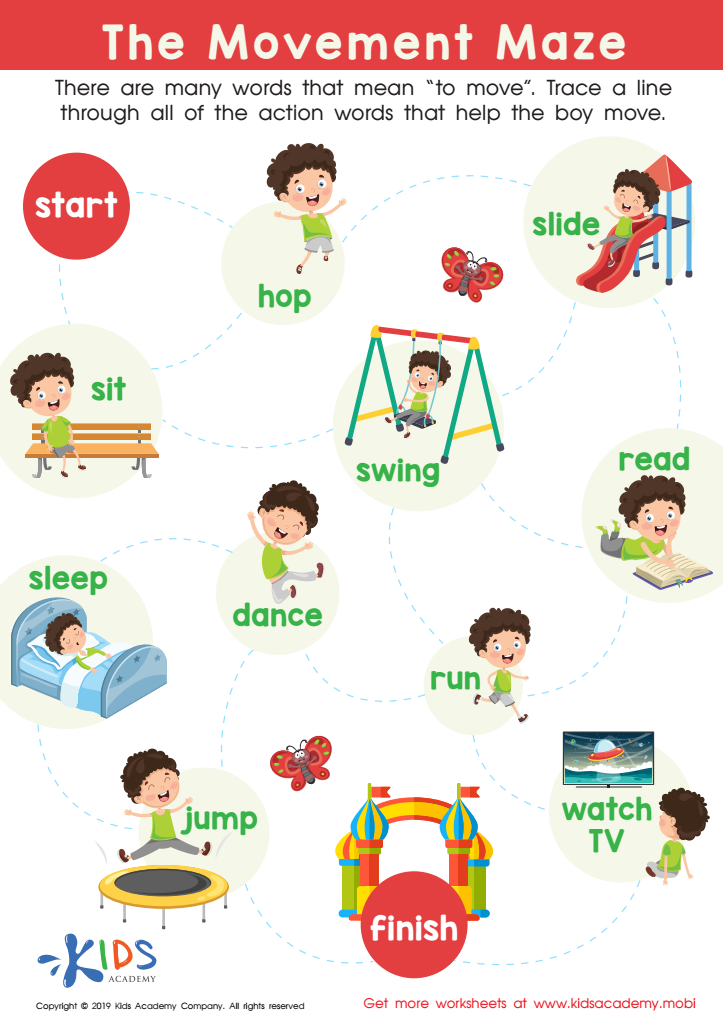

The Movement Maze Worksheet
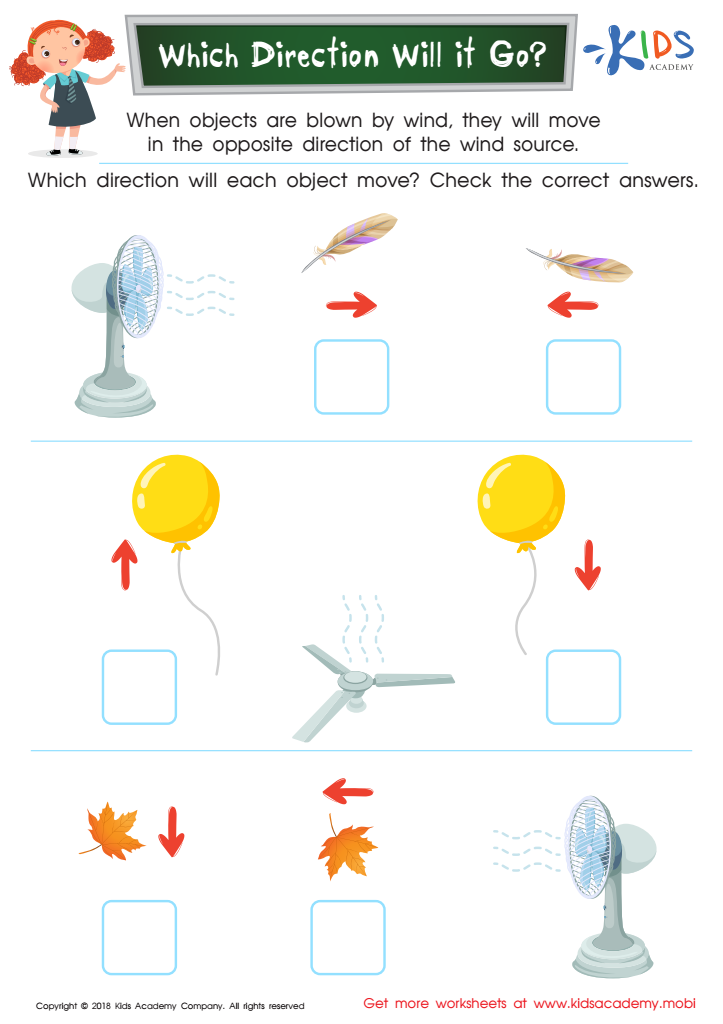

Which Direction Will it Go? Worksheet
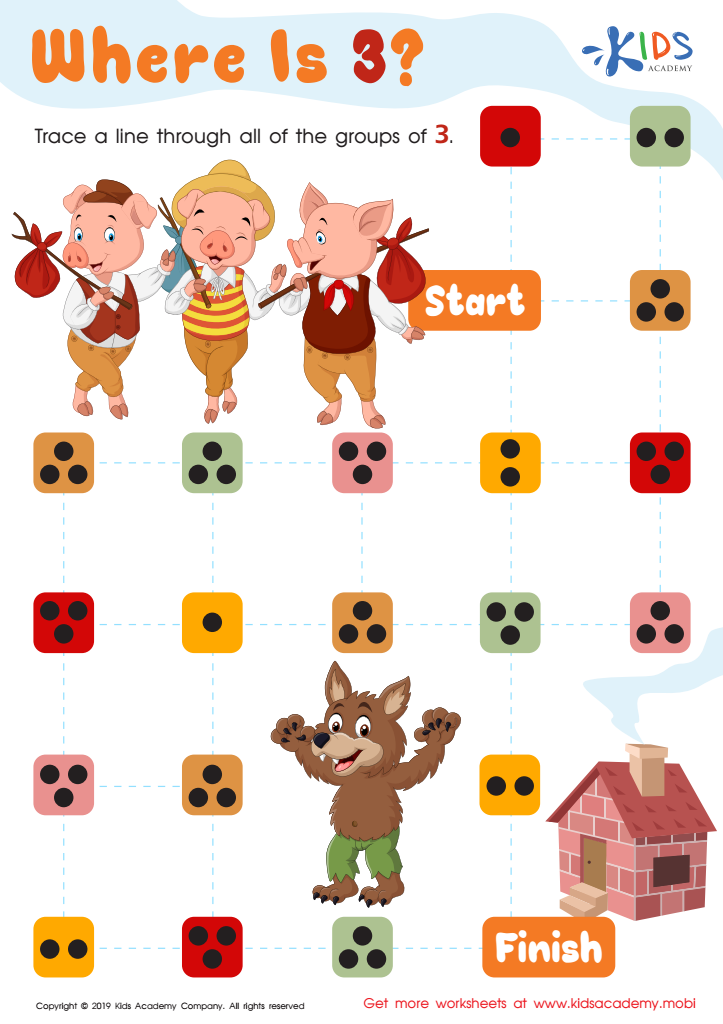

Where Is 3? Worksheet
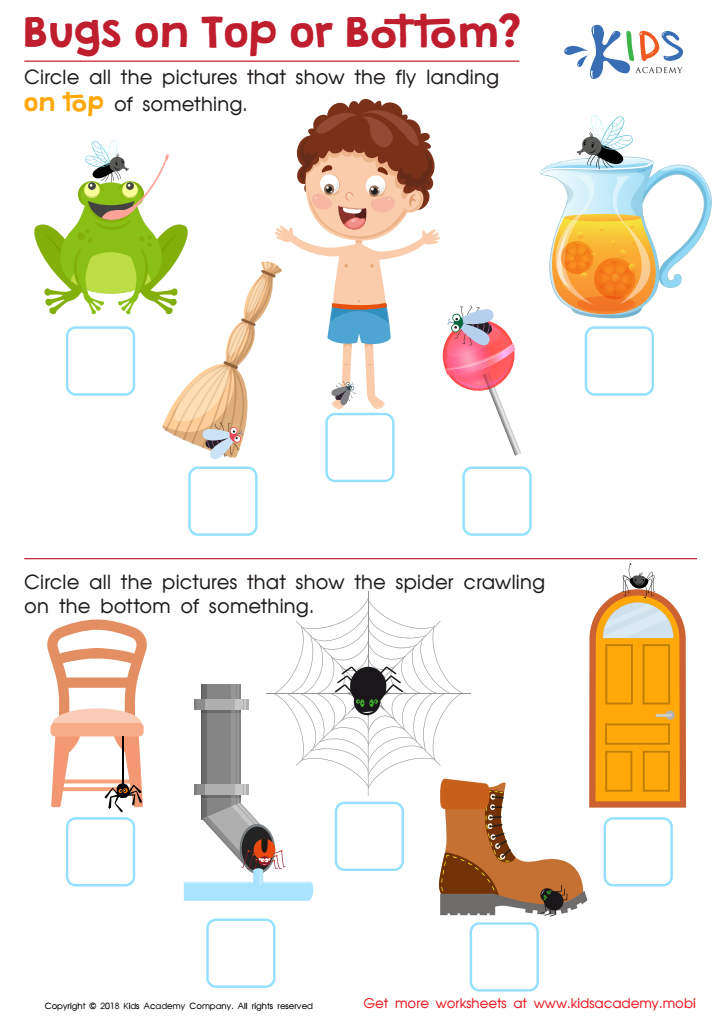

Bugs on Top or Bottom? Worksheet
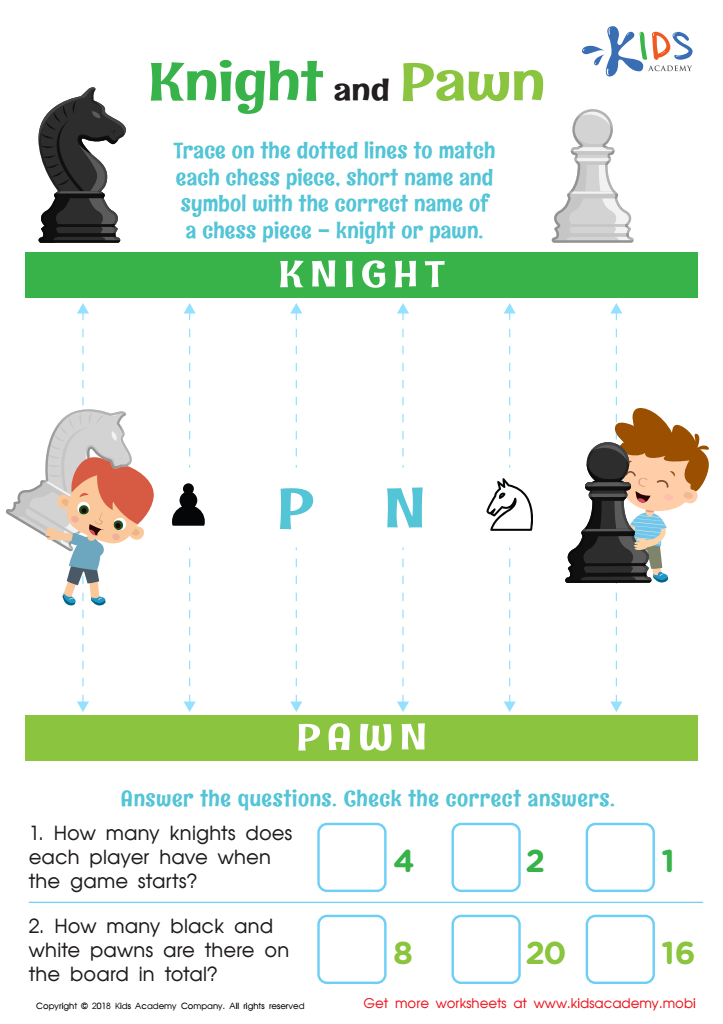

Knight and Pawn Worksheet
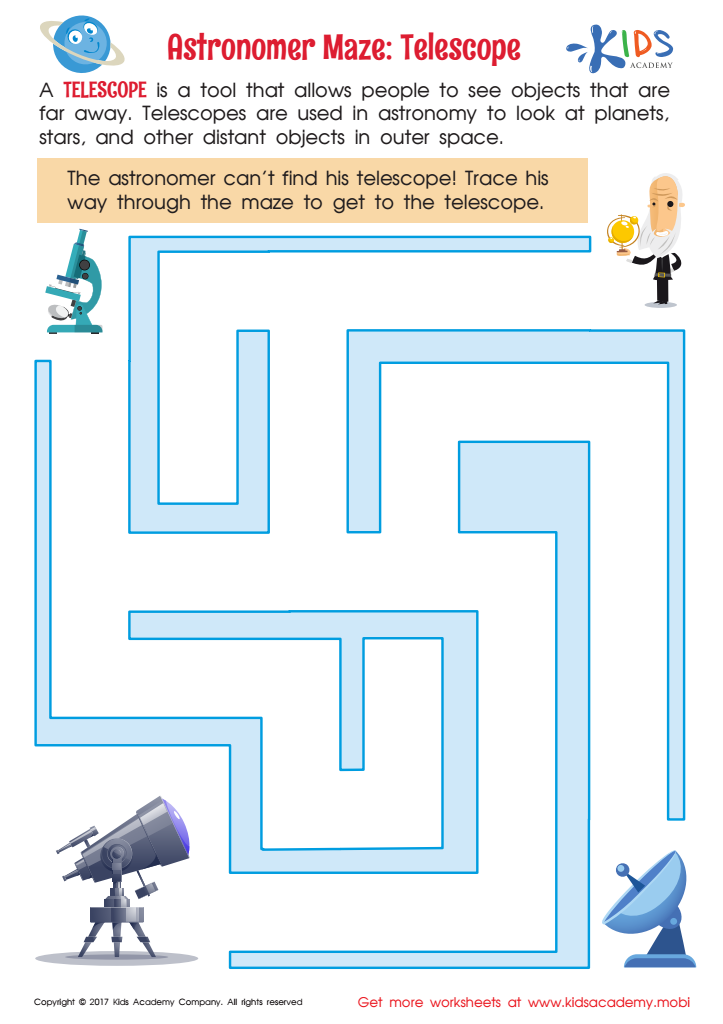

Astronomer Maze: Telescope Worksheet
Understanding directions is a crucial skill for children aged 4-6, as it lays the foundation for effective communication and cognitive development. At this age, children are beginning to engage in structured activities in both home and school settings, making the ability to follow instructions vital. This skill not only aids in daily routines but also enhances their learning experience.
Parents and teachers should care about this development because mastering direction comprehension cultivates critical thinking and problem-solving skills. When children grasp and interpret directions correctly, they gain confidence, leading to increased independence in tasks such as dressing themselves, completing assignments, or playing games. Moreover, these skills are essential for social interactions; understanding and following directions can help children engage in group play and discussions without frustration or confusion.
Additionally, the ability to follow directions plays a pivotal role in the classroom setting, allowing for smoother transitions between activities and enhancing overall learning outcomes. By investing time in teaching children how to understand directions, both parents and teachers contribute to their emotional and social development, preparing them for future academic challenges. Ultimately, proficient understanding of directions equips young learners with the tools to navigate their environment more effectively and fosters lifelong learning habits.
 Assign to My Students
Assign to My Students






